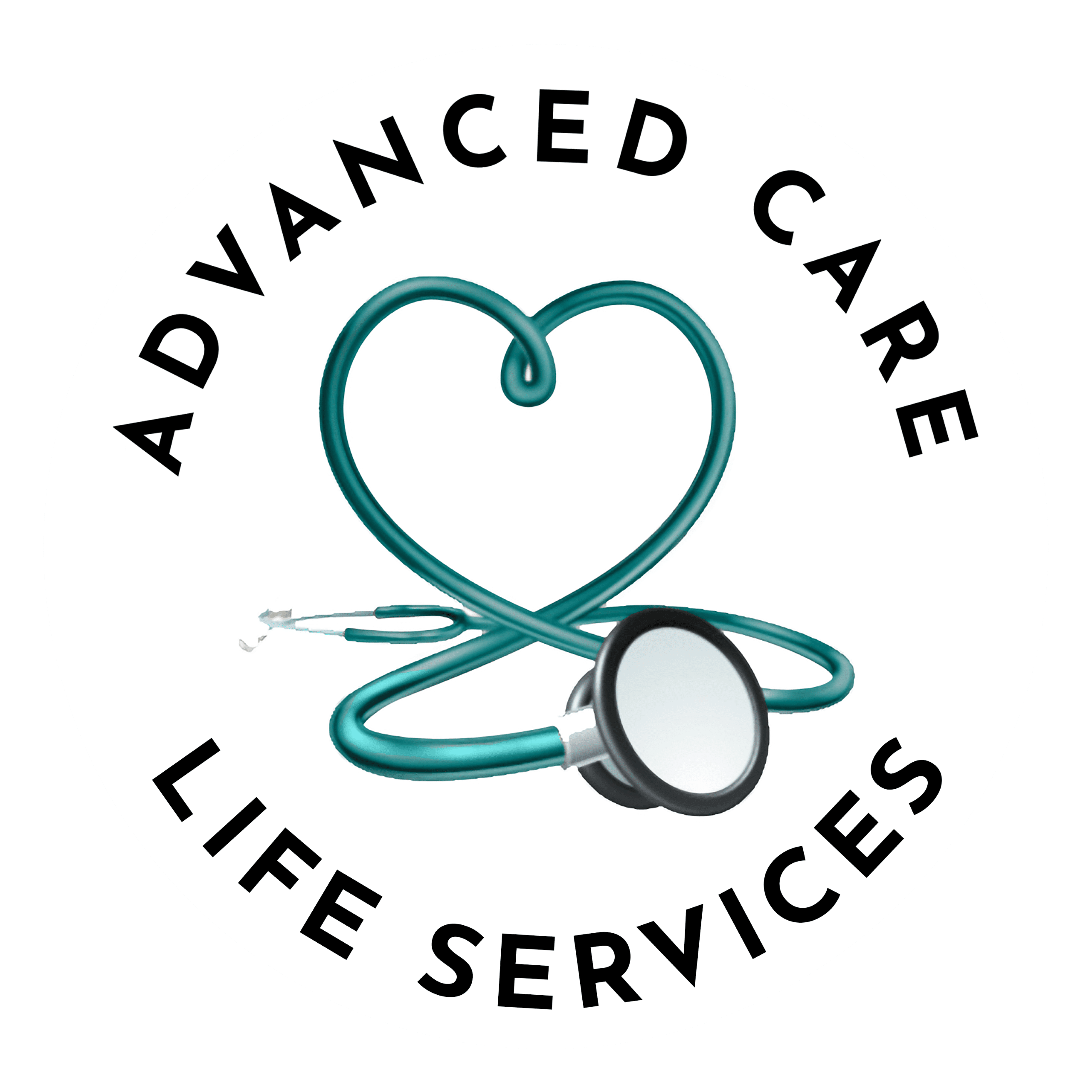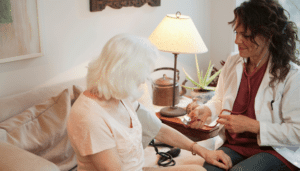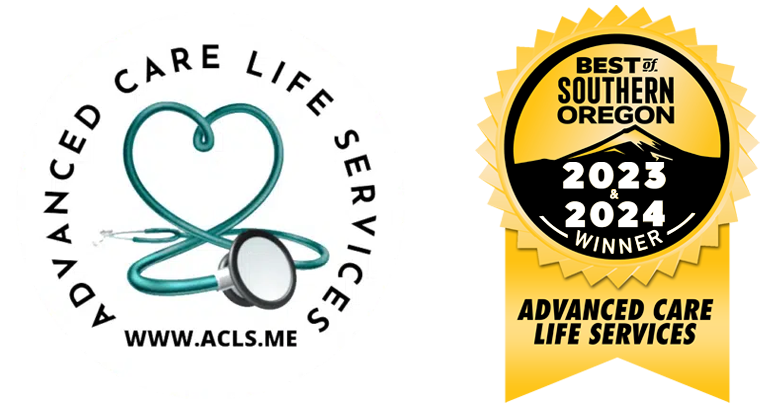As loved ones age or face health challenges, families often notice subtle yet significant shifts in their behavior and environment that raise questions about safety and independence. Has your loved one experienced a fall recently? Are they hesitant to venture outside due to concerns about mobility or personal security? Perhaps a recent illness or injury has confined them indoors, or they’ve begun declining invitations to clubs, events, or hobbies they once cherished, citing fatigue or navigation difficulties. These changes may signal a need for a comprehensive home safety assessment to ensure their living space supports their well-being. At Advanced Care Life Services, we aim to address these concerns with professionalism and empathy, providing evidence-based insights to guide families toward informed decisions.
Recognizing the Signs: When Safety Becomes a Concern
The decision to evaluate home safety often emerges from observable patterns. Falls are a critical indicator—according to the Centers for Disease Control and Prevention (CDC), over 14 million older adults fall annually in the U.S., with one in four reporting a fall each year (STEADI – Older Adult Fall Prevention, 2023). A single incident can erode confidence, prompting avoidance of outings or activities. Dr. Linda Fried, a geriatrician, notes in her 2023 article, “Mobility Decline in Aging” (Journal of Gerontology, Vol. 78, Issue 5, pp. 901-908), “Post-fall fear affects 50% of seniors, leading to reduced activity levels and increased isolation within six months.” This withdrawal can manifest as skipping social engagements or relinquishing beloved routines due to transportation challenges or exhaustion.
Physical limitations may also alter daily patterns. A loved one living solely on the ground floor of a multilevel home, avoiding stairs due to shortness of breath or fatigue, suggests environmental mismatches. The National Institute on Aging (NIA) reports that 70% of adults over 65 will require some form of long-term care, with mobility issues cited as a primary factor (NIA Aging in Place Report, 2024). Illnesses—acute or chronic—further compound these risks, often necessitating immediate reassessment of the home’s suitability. These signs collectively warrant a professional safety evaluation to identify hazards and implement solutions.

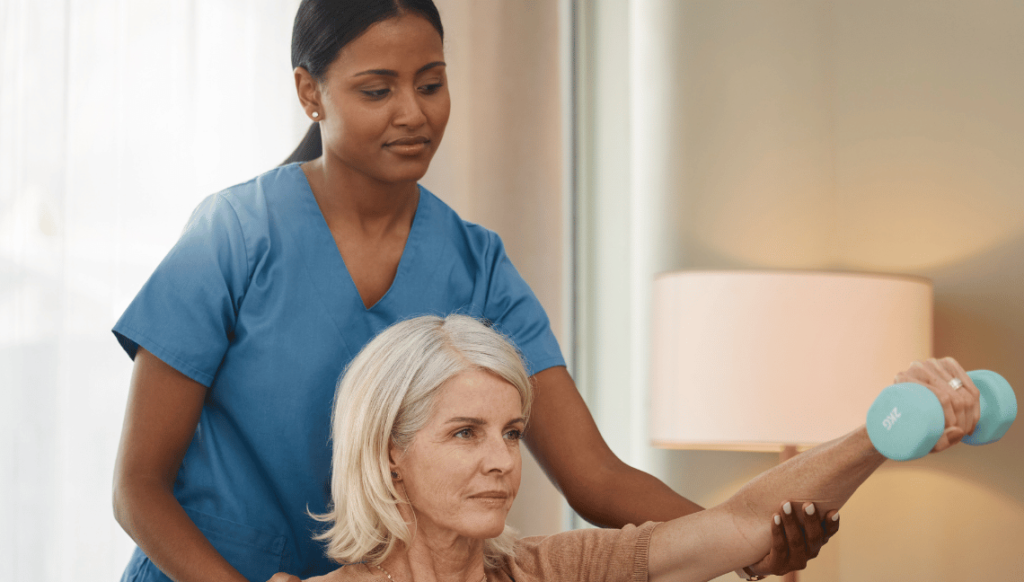
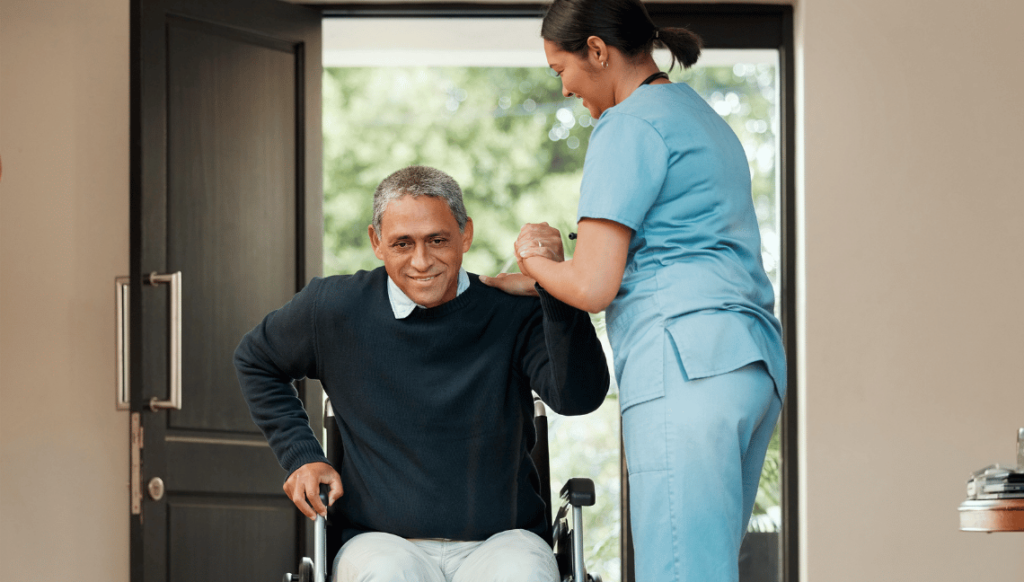
The Value of a Home Safety Assessment
A home safety assessment is a structured process to pinpoint risks and recommend modifications, ensuring a secure environment. Common hazards include loose rugs, which the CDC identifies as contributing to 38% of indoor falls (STEADI Fall Prevention Guidelines, 2023), pets that may inadvertently trip someone, or oxygen tubing cluttering walkways—a concern for the 1.5 million Americans using supplemental oxygen, per the American Lung Association (ALA Oxygen Therapy Stats, 2024). Cluttered or untidy spaces can impede navigation, particularly for those using walkers, wheelchairs, or canes, while multilevel homes pose challenges for individuals with reduced stamina. Dr. Fried’s research highlights, “Stair-related falls account for 20% of mobility-related injuries in seniors, with 60% occurring in multilevel residences.”
The assessment extends beyond immediate risks to consider long-term needs. Dr. Susan Stark, an occupational therapist, emphasizes in her 2024 study, “Aging in Place: Environmental Interventions” (American Journal of Occupational Therapy, Vol. 78, Issue 3, pp. 245-253), “Simple modifications like handrails or ramps reduce fall risk by 26% and support independence in 85% of cases.” Features such as handheld showerheads, grab bars, or widened doorways accommodate evolving mobility demands, aligning with the concept of aging in place—remaining in one’s home safely and comfortably. The AARP notes that 90% of seniors prefer this option, yet 50% of homes lack basic accessibility features (AARP Livable Communities Survey, 2023).
Not Just for Crises: Proactive Adaptation
While acute events like surgery or illness may prompt swift changes, the need for modifications often arises gradually. Dr. Stark’s study reveals, “80% of home safety interventions address chronic mobility decline rather than acute incidents, enhancing quality of life for years.” Small adjustments—removing hazards, improving lighting, or adding assistive devices—can preempt crises, fostering security without major upheaval. The goal is not to react to a problem but to anticipate needs, ensuring loved ones thrive in their familiar surroundings.
Taking Action with Advanced Care Life Services
At Advanced Care Life Services, we understand the emotional and practical stakes of ensuring your loved one’s safety. We offer free home safety assessments in the Rogue Valley, conducted by our expert team, to evaluate risks and propose tailored solutions. Our assessments draw on evidence-based practices, aligning with recommendations from the CDC and NIA, to deliver peace of mind. Whether it’s addressing immediate hazards or planning for long-term independence, we’re committed to keeping your loved one at home, safe, and at ease.
Conclusion: A Proactive Step Toward Security
If your loved one exhibits signs of mobility struggles, social withdrawal, or environmental challenges, now is the time to act. A home safety assessment is more than a precaution—it’s a proactive investment in their well-being. Dr. Fried concludes, “Early environmental adaptations extend independent living by an average of 18 months for 70% of seniors.” Contact Advanced Care Life Services today to schedule your assessment and take the first step toward a safer, more secure home for your loved one.
Simply reach out today and speak to our registered nurses and we can consult with you same day.
FAQ – Home Safety Options
What are the early signs that my loved one may need a home safety assessment?
Early indicators include recent falls, hesitation to leave the house, avoiding stairs, and withdrawing from social or daily routines due to fatigue, navigation issues, or fear of injury. These subtle shifts in behavior or physical function often signal the need for a professional evaluation of their living environment.
What is included in a professional home safety assessment?
A home safety assessment involves a comprehensive review of your loved one’s living space to identify potential risks such as loose rugs, poor lighting, stair access, clutter, and mobility barriers. Experts may recommend installing grab bars, removing hazards, rearranging furniture, or adding assistive devices to enhance safety and support aging in place.
Is a home safety assessment only necessary after a fall or injury?
No. In fact, 80% of safety interventions are done to address chronic mobility issues, not just post-incident crises. Proactively assessing the home environment before an accident happens can extend independent living by up to 18 months and help prevent hospitalizations.
What are some simple home modifications that can reduce fall risk?
According to the CDC and occupational therapy studies, basic changes like installing handrails, using non-slip mats, improving lighting, decluttering walkways, or adding ramps can reduce fall risk by 26% and help 85% of seniors maintain their independence longer.
Does Advanced Care Life Services provide home safety assessments?
Yes. Advanced Care Life Services offers free home safety assessments in the Rogue Valley. Our trained RN team uses evidence-based guidelines to evaluate risks and recommend personalized solutions that make the home safer, more comfortable, and aligned with your loved one’s evolving needs.
Other articles you might find interesting
- When Should We Initiate Discussions About Advance Directives or POLST Forms?
- What Are the Top Three Priorities When Selecting a Senior Care Agency?
- Distinction Between Private Caregivers and Agency Caregivers
- What Do I Do If My Loved One Has Had a Fall or Is Managing a Chronic Illness?
- Understanding Home Health Resources for Seniors in Medford
- When to Consider In-Home Care for a Loved One: Signs It’s Time
- When Should I Begin Exploring Home Safety Options for My Loved One?
- What Are the Early Signs and Symptoms of Dementia?
Find us here
Name: Advanced Care Life Services
Address: 1463 East McAndrews Road Ste. A, Medford, OR 97504, United States
Phone number: +15417072257
